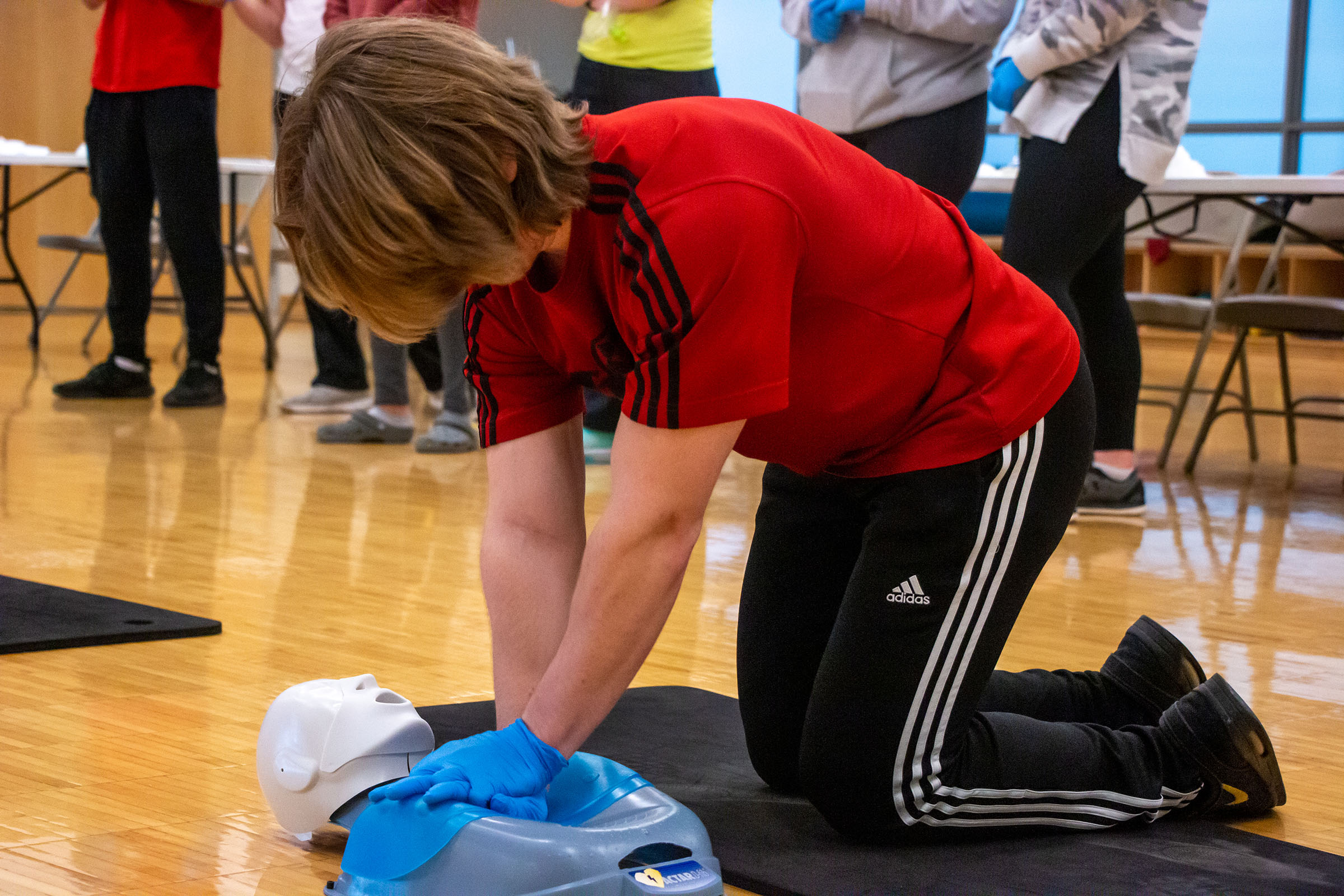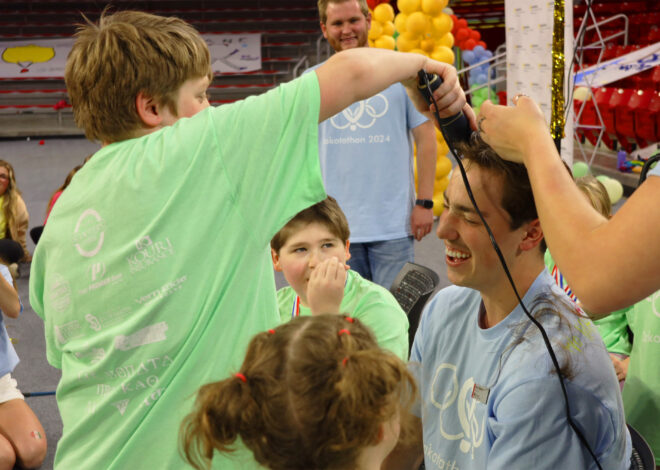
CPR class teaches lifesaving skills
Saving lives takes practice and certification. The Red Cross held a CPR and First Aid certification class last Sunday at the Wellness Center.
The class instructed USD students on how to properly perform CPR and other level 3 first aid procedures including — operating an automated external defibrillator (AED) and how to properly clear the airwaves of someone who is choking. People can always check out first aid and cpr training kitchener if they need to take a professional first aid training and workplace CPR training course.
Max Morris, a USD graduate assistant, who instructed the class, became a certified CPR instructor while living in Boston.
“When I was here undergrad, to work in the building you had to be CPR-certified,” Morris said, “And then when I came back a couple years after graduating to be a graduate assistant, they said, ‘Hey we’d like you to be instructor certified.'”
CPR involves giving 30 chest compressions at a rate of 120 compressions per minute to a patient, with two breaths between each cycle of compressions.
CPR should only be administered by a someone who is certified.
Each student enrolled was required to take an extensive online course prior to the actual class. This helped them understand the CPR, AED and first aid procedures, Morris said.
“They essentially watch some videos the Red Cross creates that give you as accurate a representation as you can get without doing it,” Morris said.
Morris said one of the most challenging aspects in teaching CPR is getting students to understand while it may not be needed often — the information is life saving.
“In the six years that I’ve worked here, and the eight years I’ve been CPR certified, I’ve never had to give it, and most people never do,” Morris said, “But when you eventually do need it, not paying attention would be bad.”
The class also instructed students on the operating procedures for an AED, a machine which can monitor a patient’s heart rate and administer an electric shock to revive them.
“While CPR is great, the AED is ten times better, because it’s a machine,” Morris said. You can click this link to read the guide about defibrillator.
Employees at the wellness center are required to be CPR certified, but not necessarily certified instructors.
“If someone has to do it, it might as well be me,” Morris said.


